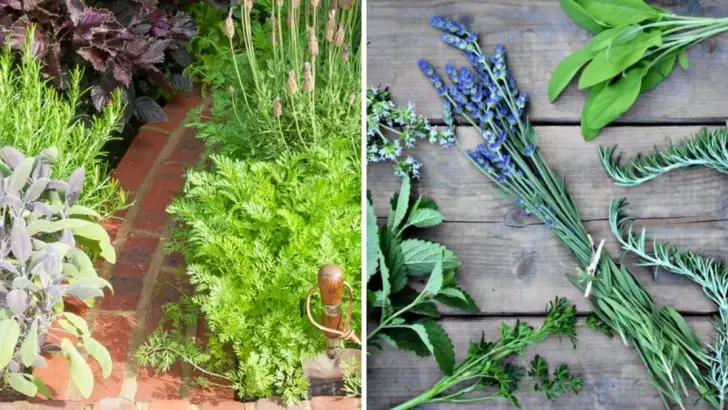There’s something grounding about walking through a place where the past is still very much alive—and in Old Salem, it’s not just preserved in buildings or artifacts, but in the soil itself. The heirloom gardens here aren’t replicas or themed displays. They’re working spaces that still grow the same varieties of plants used by the Moravians hundreds of years ago.
From medicinal herbs to kitchen crops, these gardens tell stories about daily life in a way that’s hard to capture behind glass. You can see how plants were used, tended, and valued—and even spot some familiar vegetables that have stood the test of time. It’s a quiet, thoughtful kind of history that doesn’t need a lecture or a tour guide to make an impression. Just take a walk, notice what’s growing, and the past starts speaking for itself.
The Fragrant Herb Garden
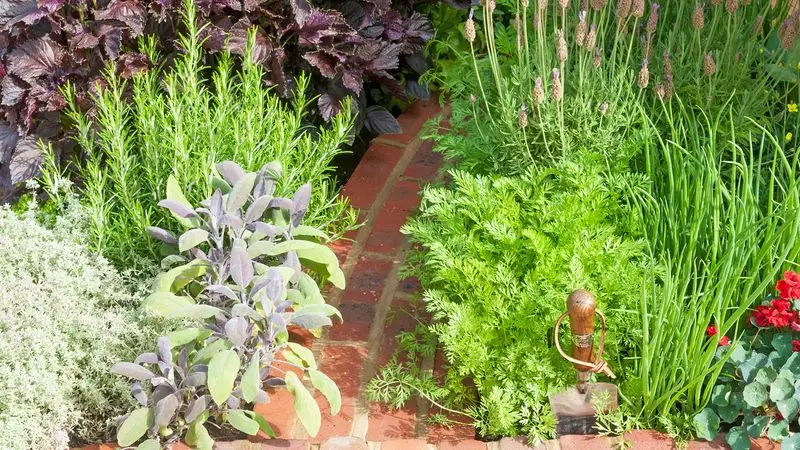
Step into a world where the air is perfumed with the natural scents of lavender, rosemary, and thyme. The Fragrant Herb Garden is a sensory delight, showcasing the aromatic herbs prized by early settlers for their culinary and medicinal uses.
Enjoy the tactile pleasure of brushing against these herbs as you wander the neatly organized beds. The garden’s thoughtful design invites quiet contemplation, making it a perfect spot to learn about the historical significance of each plant.
This garden, with its intoxicating aroma, is a testament to the past’s practical yet artful approach to gardening.
The Medicinal Plant Collection
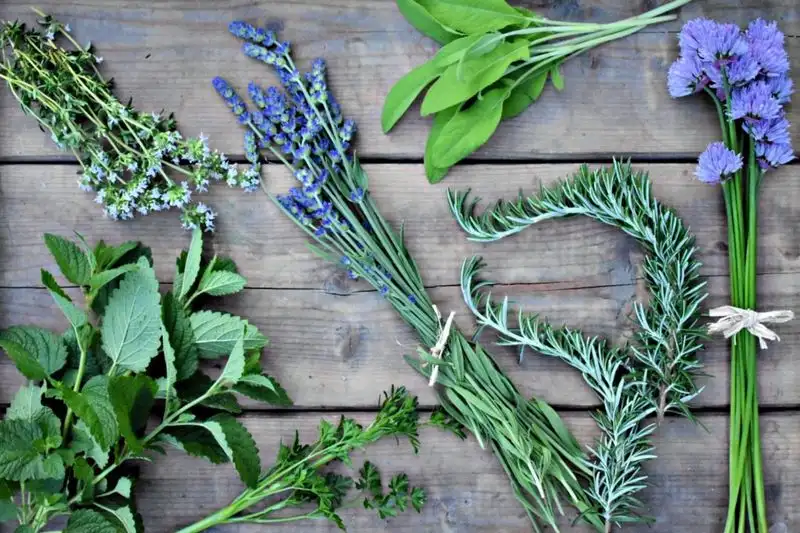
In a time when pharmacies were a distant dream, the Medicinal Plant Collection was essential. Early settlers relied on plants like echinacea, chamomile, and mint to heal and soothe.
This garden offers insight into the natural remedies and age-old practices of traditional medicine. Each plant tells a story, from mint’s cooling relief to echinacea’s immune-boosting properties.
As you explore, imagine the knowledge passed down through generations, embodied in these green leaves. This collection is not only a tribute to botanical wisdom but also a reminder of nature’s enduring gifts.
The Culinary Vegetable Patch
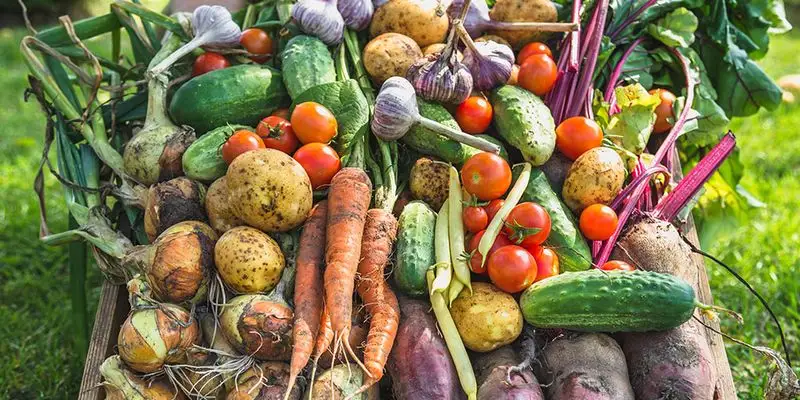
Venture into the Culinary Vegetable Patch, a garden brimming with heirloom varieties that nourished families centuries ago. Here, you’ll find tomatoes, beans, and squash thriving under the care of gardeners dedicated to preserving rare strains.
This patch highlights the resourcefulness and innovation of early culinary practices. Each plant variety is a piece of history, representing the agricultural knowledge and dietary staples of the past.
Feel the connection to ancestral kitchens as you explore this bountiful garden, where the age-old relationship between soil and sustenance continues to flourish.
The Ornamental Flower Beds
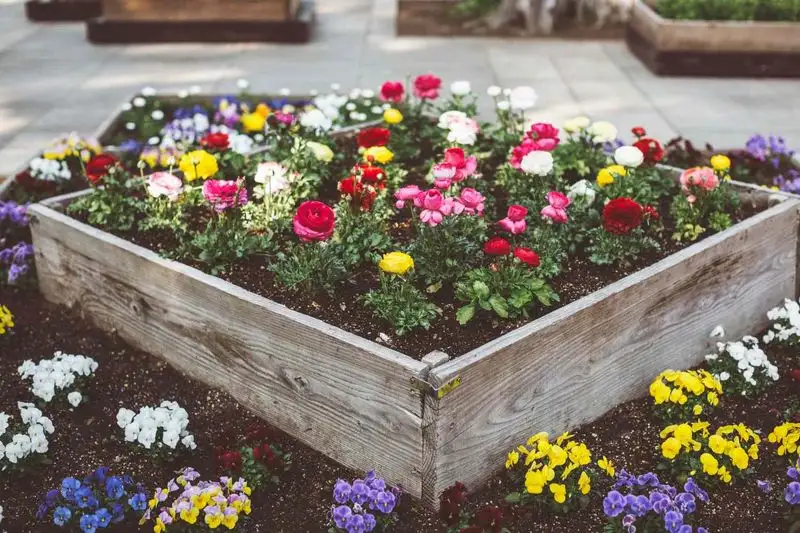
The Ornamental Flower Beds captivate with a riot of colors and blossoms. Hollyhocks, sunflowers, and roses paint the landscape, echoing the artistic sensibilities of those who planted them.
These beds were designed to bring beauty and joy, reflecting the early settlers’ love of nature’s aesthetics. The vibrant blooms also served as symbols of prosperity and hope.
Stroll along the quaint brick paths, immersing yourself in the floral tapestry that is both a feast for the eyes and a poignant reminder of the past’s appreciation for nature’s artistry.
The Historic Fruit Orchard
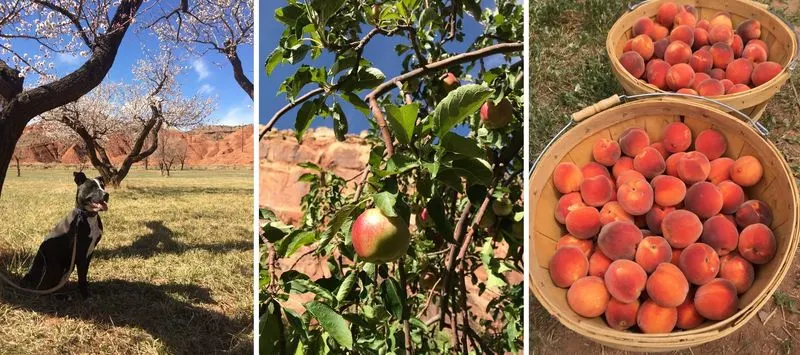
Imagine biting into an apple that tastes like history itself. The Historic Fruit Orchard is home to apple and pear trees that have stood the test of time.
These trees were integral to the settlers’ diets, providing essential nutrition and variety. Walking among them, you can almost taste the stories held within each fruit.
The orchard not only showcases the agricultural heritage of Old Salem but also serves as a living archive of flavor and tradition. Witness the enduring legacy of heirloom fruits, celebrated for their unique taste and historical significance.

